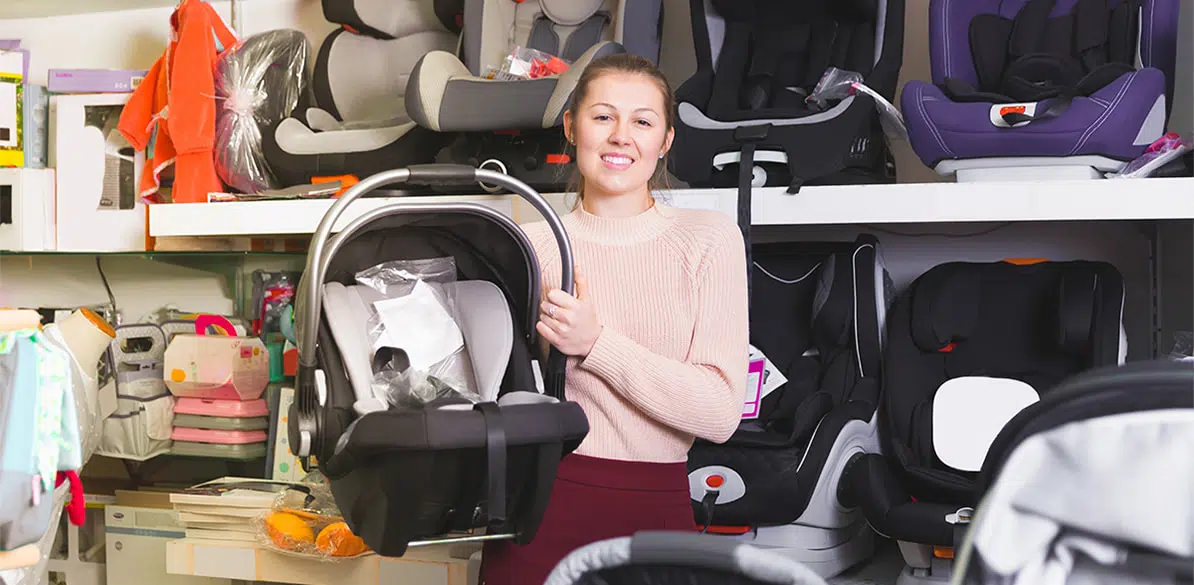How is a child car seat designed?
Here is how a child restraint system is created

Road Safety
We visited a company dedicated to the design of child restraint systems to have them explain briefly how they carry out the design process, which we found very interesting.
We could write a book with everything they told us, but we will try to summarize the necessary steps to understand the process of creating a child car seat so that it can reach the stores and, eventually, your car.
First, and contrary to what we thought, once the essential characteristics of the product (height range, features, functionalities, etc.) have been established, the volume of the product is defined in order to comply with the strict interior and exterior measurements required by the regulation. It is important to remember that this product goes inside a car and, therefore, designers do not have freedom to choose the measurements, quite the opposite: the volume limits are very clear, and they are subject to rigorous testing.
Once the volume of the CRS is ready, it is passed to the design team, where an initial sketch is created.
The team then develops it into a conceptual design of the product, where you can practically see the child car seat in its final state. It would be something similar to when you see a prototype of a car at a car show.
But, as for the car, the conceptual design of the CRS is only a shell, an external view of it. This is when the engineering phase takes place, where a team of product engineers is responsible for transforming the volume into a product that can withstand the stresses of a collision. Bear in mind that a child car seat is mainly made of plastic, so it requires years of engineering experience to ensure that the assembly of plastic parts with metal reinforcements is capable of withstanding such stresses.
The engineering work results in a manufacturable CRS model, piece by piece.
A partir de ahí, entraríamos en la fase de simulaciones, donde se recrean los esfuerzos a los que será sometida una silla mediante programas de ordenador, para reforzar aquellas partes que pudieran verse comprometidas. Once this process is finished, a prototype of the 3D model is made. Nowadays, with 3D printing technology, this process has become much easier, more accurate and cost-effective, making it a must before going into the CRS manufacturing process.
Once all the contact points of the child car seat have been polished, it is time to make the molds for the manufacturing of the plastic parts, patterns, and the rest of the chair parts.
After about 3 months the first pieces will be ready to assemble the chair with production parts.
Normally, the molds are adjusted for a perfect fit of all the parts and the first impacts are tested in the laboratory. After about 100 development impacts, the product approval phase is reached, and an official laboratory is requested to approve the product according to the United Nations Regulation 129.
After approval, the product is ready to be marketed, to reach the stores and, ultimately, your car.
The total process for a chair to reach the market is about 2 years long, although some complicated projects can take 3 or even 4 years to develop.
